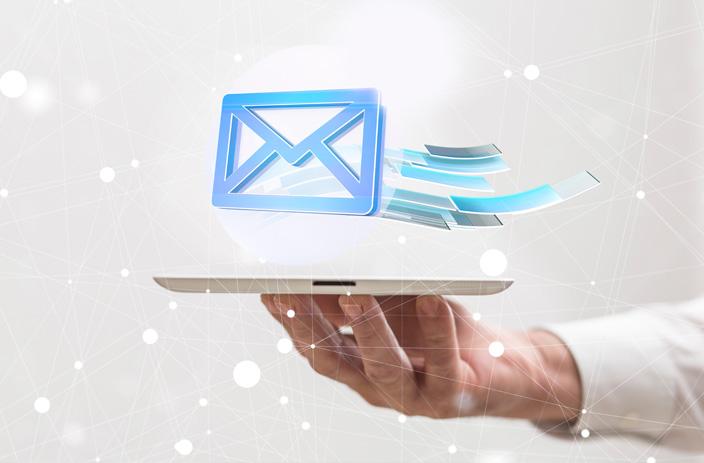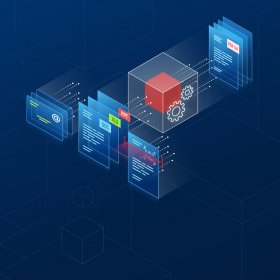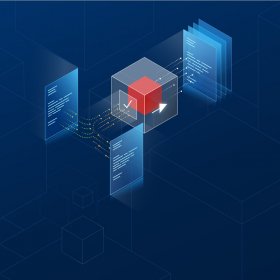From Vision to Reality: Digital Conversion in Practice


Target
A large company with branches and branches worldwide receives tens of thousands of emails a day from a central electronic mailbox - both from end customers and from external and internal sales partners. The aim is to prepare the messages and their attachments in such a way that they can be forwarded electronically to the responsible department for final processing immediately after receipt - regardless of the format in which the email attachments arrive.
Solution
Convert email body and attachment to a standard format.
DocBridge® Conversion Hub automatically initiates the following processes:
- Conversion of the actual email ("body") to PDF / A
- Individual conversion of the email attachment (e.g. various office formats, image files such as TIFF, JPG etc.) to PDF / A
- Merging the email body with the corresponding attachments and generating a single PDF / A file for each business transaction
- At the same time, all important information is read (extracted) from the file and stored centrally for downstream processes
Use
Professional handling with the variety of documents in e-mail processing.
- End-to-end automation including analysis
- No media break (no unnecessary printing and re-scanning)
- Relief for the clerk (reduction of routine tasks to a minimum)
- Independence from the delivered formats in the digital inbox
Target
In a company that has grown strongly through mergers and acquisitions, very heterogeneous archiving structures have emerged: The individual companies and areas have saved their documents locally and in various formats (AFP, PDF, PDF-A / 3 etc.). Targeted and fast information research was made considerably more difficult. The aim was therefore to prepare all documents generated and received in the group in a standardized manner according to precisely defined rules so that they are available centrally and can be searched in a targeted manner.
Solution
DocBridge® Conversion Hub as the central conversion instance is able to automatically process almost any type of document and convert it to the desired archiving format. The solution acts as the technological basis for the consolidation or standardization of different archive systems in the interest of compliance (revision security) and customer service (availability of information).
Use
Intelligent document research and revision-proof archiving.
- Fast and targeted document research including full text search
- High compliance (including revision-proof archiving)
- Basis for the standardization and modernization of heterogeneous archive systems






